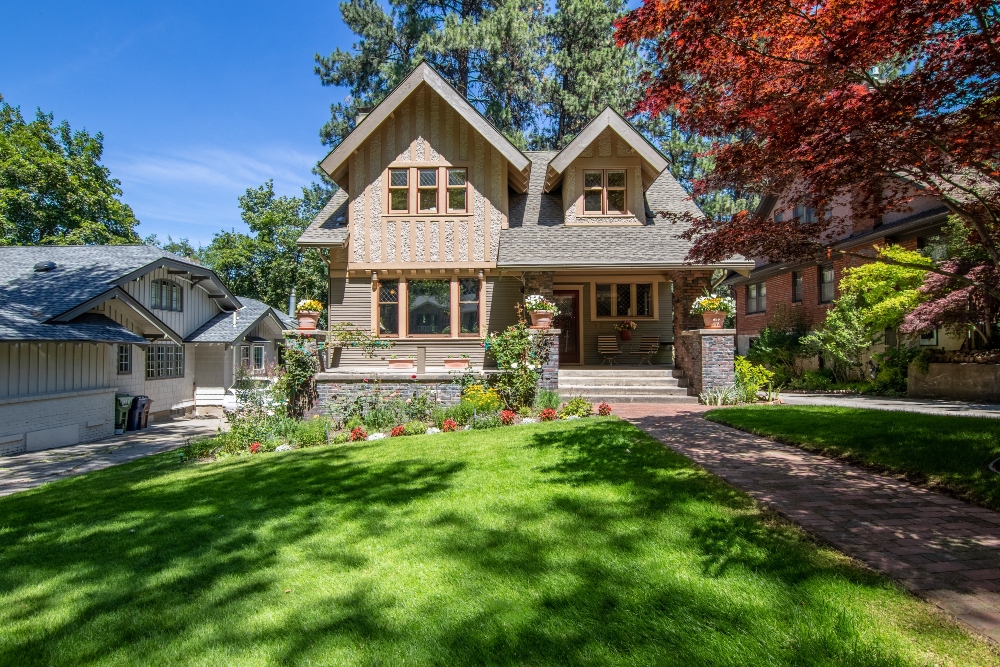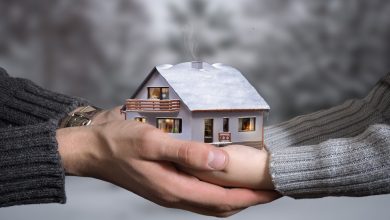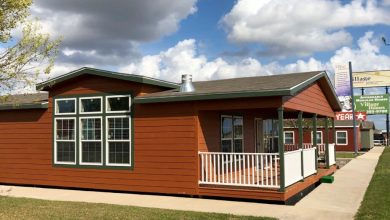Financial Costs to Think About When Buying an Older Home

The image source is Pexels.
No matter where you live, I’m sure you have a strong desire to own a home. Owning a home offers a certain feeling of stability while providing a way to build equity and make improvements over the years. For this reason, buying an older home is an attractive option to many families with a great desire to buy their first homes. However, don’t be fooled into thinking that buying an older home would be a great way to save your hard-earned money. While it seems like you are purchasing a larger property for significantly fewer amounts, you may encounter hidden financial costs after owning the house.
For instance, you should factor in repairs and remodels that you may need. Since older homes may not be built as sturdy as their new counterparts. However, it’s always a good idea to have an older home inspected before making that final buying decision. So, before engaging a realtor to take a look at that older home you’ve fallen in love with, here are some hidden financial costs to keep in mind when buying an older home.
Roof Problems
Over the years, aging and weather can take a toll on a home’s exterior. Roofs get old and leaky, siding can fall apart at the seams, windows can buckle or go foggy, and gutters might even collapse. This all calls for roof replacement. Normally, roofs last 20 to 25 years, and the replacement cost in most cases is high, depending on the style. So you’ll need to incur the cost of hiring contractors for roof repair in Atlanta or your particular locale. This is another important aspect you should also keep in mind. Remember not to put this off because it may be more difficult to address in cold or rainy parts of the year. Listen to a professional when it comes to when you should look into replacing or maintaining your roof. It can be much more costly than you realize if you wait too long.
Hefty Energy Bills
A major issue with older homes is that they lack energy efficiency as their modern counterparts. So you will have to pay more on your utility bills. This could be a huge factor, especially when living in a cold-weather area. For instance, old home windows may impact your energy bill to a large extent. Older homes usually have single pane glass, which does not keep the heat in during winter or out during summer months. So you will have to bear the cost of investing in new windows.
With old homes, you must check the central heating system. Most of them are inefficient, with tight ductwork and no temperature differential between upstairs and downstairs rooms. So this may be another cost you would incur. You can try to ask your real estate agent to get you an estimate of what this potentially might be. Another option is to just ask one of your future neighbors how much their energy bills are averaging out to be. This is a very important question to ask because you don’t want to assume you will be able to cover bills when you can’t just because you didn’t look deep enough into it beforehand.
Tuckpointing and repointing
Most of the older homes were built with bricks. Over time, mortar can deteriorate and leave cracks within the exterior walls. These cracks need to be filled with new mortar, which can be done by tuckpointing or repointing entire sections of brickwork. Depending on the size of the job, this can be a costly repair. You can ask an expert to see if this is something you will have to fix later.
Exterior Painting
Exterior painting is another hefty cost for older homes. Brickwork on older homes tends to show its age faster than other types of siding materials, and you’ll probably want to paint your home at some point anyway. So factor in this cost when looking at homes aged above 10 to 20 years. There will be a high probability that you will have to pay to get your exterior repainted. Also, this is an easy way to elevate the outside look of your home which can increase the value of your home. Highly consider this.
Plumbing Problems
You should expect to spend money on plumbing issues with old homes. Older homes often aren’t as watertight as newer homes and can easily develop plumbing problems. If your home has old pipes and fixtures, you might need to invest in replacing them with newer materials. Plumbing problems can be a nightmare and add up quickly if not dealt with in a timely manner. Make sure you don’t ignore signs that you have plumbing problems. Get into contact with someone who will be able to verify and let you know what needs to be done before any further damage is caused in the future to your house.
Structure Issues
Older homes tend to have less sturdy foundations than newer homes. Some older houses may even have problems with termites or other pests infesting them (which requires expert removal services). As a result, you need to understand that there’s a risk of greater structural issues down the road if you move into an older home without taking steps to address those issues first. It’s important to remember that these upfront costs, plus the repair work you’ll need to do in the future, are all sunk costs. You can recoup a good chunk of it by selling your home at a premium after you’ve invested time and money into making it live up to your ideal vision.
Conclusion for Buying an Older Home
The bottom line is this: if you’re looking at buying an older home or property with potential but need some work, make sure you know exactly how much time and money you will require to commit after purchasing. If you pick the right house and put some time and care into you, you may even be able to increase the value of your home and earn a profit when you decide to sell!



